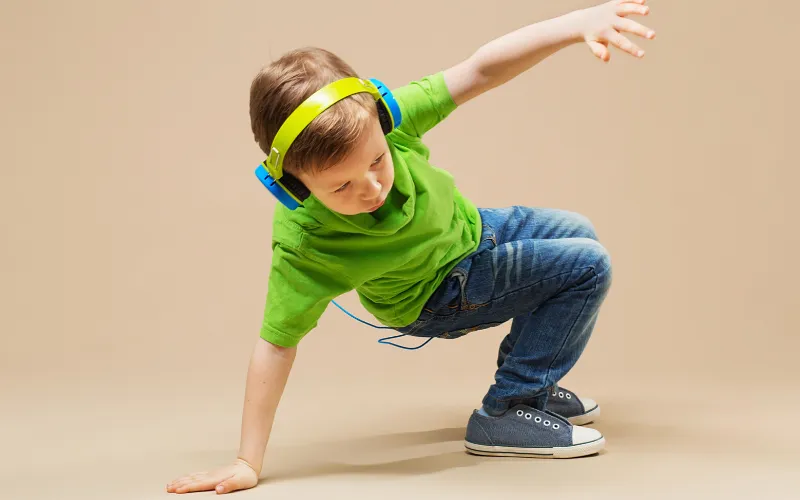
Musical Breaks: A Simple Way to Reset and Reconnect
When I was younger, my mom knew exactly how I was feeling based on how I played the piano. I could play the same song in an angry, sad, or happy way depending on how I was feeling. As a person with ADHD, I experienced high highs and low lows in my mood. When I started feeling out of control, music was my escape to prevent a meltdown.
Music can be powerful in preventing meltdowns even if you're not a trained musician. Using music proactively can help prevent meltdowns, reduce stress, and create space for play and connection. Whether it is five minutes or just a few deep breaths to the rhythm of a song, musical breaks can make a huge difference in your day.
Why Music?
Music supports the brain and body in so many ways. It can:
Lower stress levels
Release endorphins and boost mood.
Strengthen the immune system.
Enhance memory and focus.
Ground you in the present moment.
Offer a creative outlet when words are not enough.
Easy Musical Break Ideas
You do not need to be a musician to try these out. Here are a few quick and fun ways to bring music into your day:
Play an Instrument: It does not matter what or how. Just improvise. Tap a drum, strum a ukulele, or play around on a piano. Try using only the black keys on the piano for a cool sound that sounds good even if two people are playing together.
Listen to Music: Create playlists based on moods like happy, mad, or overwhelmed. Let your child help choose the songs so they feel ownership and connection in their playlists.
Join In: Sing along, grab an egg shaker, or tap along with the beat of recorded music. Movement and participation deepen the sensory experience.
Dance Party: When the energy is off, turn up a favorite song and dance it out. This works solo or as a family.
Yoga or Progressive Muscle Relaxation with Music: Use YouTube or apps to guide you through calming exercises that combine movement with music.
Fill-in-the-Blank Songwriting: This is a fun and low-pressure way to write songs. Search for “Mad Lib songs” and let your child fill in the blanks. Then sing the silly or serious result together.
Blues Format Fun: Use a simple problem-and-solution format to create blues-style songs like “I am hungry... I am hungry... I am going to eat a sandwich.”
Make It a Habit
These musical moments do not have to be saved for when things feel hard. Use them proactively, before stress builds up, and you will start to notice shifts in both mood and connection.
Try one today and see how it feels. If you need ideas for songs, instruments, or how to adapt any of these for your child, I am here to help.
For more strategies on using music in your everyday life, check out episode 105 of the Every Brain is Different podcast.
